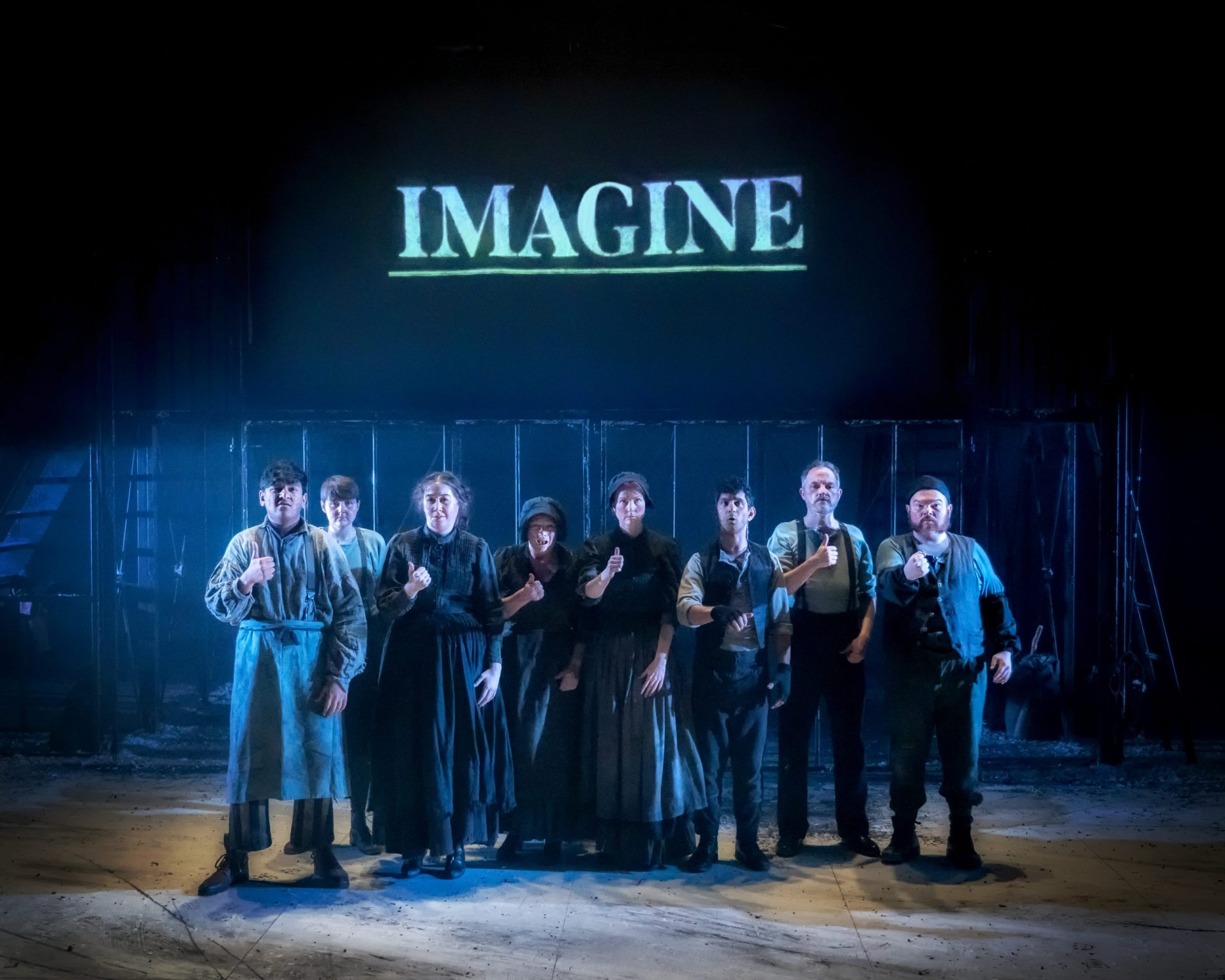Dear Theatre Industry colleagues,
Don’t forget about disabled and D/deaf people when you’re pivoting into the digital space.
Making accessible content has never been so easy. Just in case you need some pointers, we are starting to collate a list of helpful resources, websites and organisations that can show us the way.
Looking forward to continuing to work with you on the other side of COVID-19.
Best wishes,
Ramps on the Moon
Tools and Resources
- Stagetext has info on captioning online content.
- rev.com is a company that will caption video at a reasonable cost.
- @SKERI_YD (YouDescribe, a free tool for adding audio description to YouTube videos).
- Various options for captioning on mobile devices: Kapwing, Caption This, Clipomatic for captions as you record live videos (£4.99), MixCaptions for existing video – free to download and you get some credits towards minutes of transcription.
- @StageCaptions can do live remote captioning.
- @MatchboxCine
- Access all Areas Easy Read guide to using Zoom.
- Inclusive cinema – great points regarding subtitling and audio description services.
- Red Bee can provide BSL interpretation to online work.
Tips and How-Tos
- Subtitles for PowerPoint for both Mac and Microsoft operating systems (can also be used for real-time translation).
- How to Easily Add Subtitles to your Facebook Video Posts.
- Hashtags: ensure that each separate word in hashtags starts with a capital letter; the difference in legibility for everyone is clear, and is especially important for anyone using assistive software or magnifying the text; ie #ThisIsAMoreLegibleLongHashtag as opposed to #thisisalesslegiblelonghashtag
- Add image descriptions in Twitter.
- Always write alt text when posting on social media; eg on Instagram, this can be found in Advanced Settings before you post, choose Accessibility and then Write alt text.
- Then take these steps:
• Explain the images as specifically as possible, eg “a white man is smiling; he has dark hair and wire-rimmed glasses and looks to be in his 40s; he is looking straight into the camera”;
• If there is important text in the image, include it in your alt text;
• Include colours in your descriptions;
• Write something specific to describe the image, rather than just copying and pasting your caption.
- Where possible, provide a transcript or a script of the content.
- For live screenings, include a pdf download link for pre-show information, including content warnings, age guideline, about the show and any clicks through to relevant websites (eg for support); you could push this further and include character/set descriptions and photos etc. You can also use issu to upload a copy of the programme.
- If you have videos embedded into your website, include a link to a transcript, audio description and / or any other relevant copy.
- Install the Rev Live Captioning for Zoom. This must be enabled by the host, it cannot be enabled by participants. It requires pro-zoom, but is free and available here. (currently a Beta program).
-
Remember that any auto-captioning process will have errors even though it is improving all the time; where possible, generate captions manually or get into the auto-generated captions script and edit them for greater accuracy.
- There are ways you can make your virtual meeting as accessible as possible, here’s a guide that can be followed post-lockdown as well as during the pandemic Little Cog ‘Accessible Meetings’
Good examples
(not an exhaustive list, by any means)
- Graeae (particularly look at their #CripsWithoutConstraints strand).
- Extant.
- Access All Areas – especially this useful resource ‘How to Use Zoom’.
- Deafinitely.
- @Edaliaday.
- @swkplay – Southwark Playhouse’s production of Twelfth Night with captions (also contains BSL).
- @ImitatingtheDog – Night of the Living Dead-Remix with captions which people have really enjoyed.
People
Useful accounts on Twitter:
- Roz Chalmers @Elsiebiades is a captioner and audio describer.
- Vicky Ackroyd @VickyAckroyd is an audio describer.
- Wayne ‘Pickles’ Norman @PicklesNorman is an audio describer.
- Hear The Picture, is a company of actors who have been trained in audio describing @HearThePicture .
- Michael Kenyon @michaeldkenyon works for VocalEyes.
- @VocalEyesAD – experience art and culture through audio description.
- @StageText – Captioning and live subtitling, so that deaf, deafened and hard of hearing audiences can access live arts events.
- @D_Bellwood (David Bellwood, Access Manager at Shakespeare’s Globe is involved in lots of interesting Twitter chats).
- @HeapLorna (Lorna Heap, a champion of accessibility, captioning and theatre, also involved in interesting Twitter chats).
- @TheSolarBear is putting out lots of work and tweeting loads of great examples, particularly captioned material.
- The Audio Description Association has a directory of audio describers here.
And by the Way…
An important reminder that Zoom comes with its own particular kind of stresses.
This is not an exhaustive or definitive list; some links and resources will be more helpful than others in your particular situation.
Please feel free to let us know how helpful you have found these tools and resources. If you have anything to add, we can be sure to maintain and refine this list.
